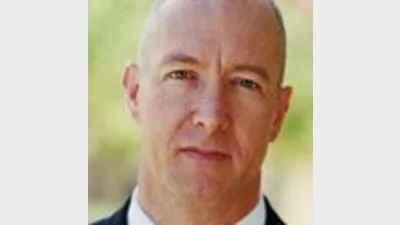New rules equal increased pension



Peter Nicholas
AMPFinancial Services director of savings and retirement Peter Nicholas has issued a reminder to financial advisers and their clients to take advantage of the assets test changes by allocating more money to superannuation.
Nicholas said a key change, effective from September 20, 2007, is the halving of the assets test taper rate, which determines the level of Centrelink benefits a retiree can receive.
The rule change means that instead of pensioners losing $3 of pension a fortnight for every $1,000 of assets they hold above a certain threshold, they will only lose $1.50.
“The reduction in the assets test taper rate means that a single pensioner can have up to $177,000 more assets and still be entitled to some age pension,” Nicholas explained.
“Under the new rules, a couple could have up to about $825,500 between them and still claim some pension.”
The result of this, according to Nicholas, is that people with larger asset levels will now be able to qualify for the age pension, while others will experience an increase in their pension.
Australians are only required to have a $1 pension in order to qualify for a pensioner concession card, which offers discounts on medical and pharmaceutical needs, council rates, utilities and motor registrations.
It is important to note though that in order to balance this reduction, complying income streams started on or after September 20 will no longer carry a 50 per cent exemption from the assets test.
Recommended for you
ASIC has released the results of the latest financial adviser exam, held in November 2025.
Winners have been announced for this year's ifa Excellence Awards, hosted by Money Management's sister brand ifa.
Adviser exits have reported their biggest loss since June this week, according to Padua Wealth Data, kicking off what is set to be a difficult December for the industry.
Financial advisers often find themselves taking on the dual role of adviser and business owner but a managing director has suggested this leads only to subpar outcomes.











